Login
Registered users
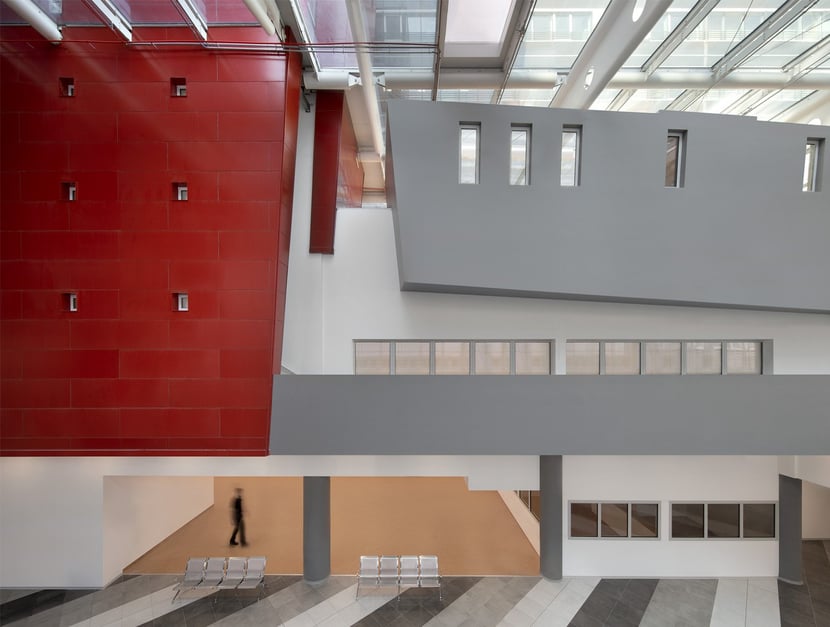
Hospital architecture is a particularly complex process, demanding exacting planning at every level, from the dimensions of rooms to the construction details. It is, of course, an extremely specialized sector, the importance of which everyone is now aware of in the wake of the pandemic. While architects are constantly balancing art and technique – the two faces of architecture – striking this balance in the design of healthcare facilities is one of architecture’s biggest challenges. How can concepts such as sustainability, integration with nature, and social inclusiveness be expressed in a hospital?
An excellent example of architecture integrating with nature is Emilio Ambasz’s design of the Banca dell’Occhio hospital in Mestre, Italy. The Argentine architect came up with a radical solution, with the building incorporating a lush plant world into its structure. This idea is expressed most clearly by its front and back elevations, with the former designed as a kind of amphitheater with a stepped garden leading up to the green roof, and the latter, a series of large green terraces backing onto an internal light well.
From air exchanger systems to negative-pressure isolation rooms, more than just buildings, hospitals are veritable machines. The necessity of different types of healthcare room to provide users with particular temperatures and humidity levels demands the use of some very complex technology, which, in turn, demands easy access for frequent maintenance. Then, for both environmental and financial reasons, energy efficiency always plays a key role, especially since these are public buildings. Plus, there are accessibility and seismic resistance requirements that must be taken into account, both of which are obviously extremely strict for this category of building. Another fundamental factor in hospital design is flexibility, for the simple reason that the construction can last several years, during which there can be all kinds of changes in the technologies used to care for people.
The pandemic has also created a new set of needs that, in some cases, have revolutionized healthcare facilities. These range from the need for outdoor waiting spaces for accompanying persons who can’t enter the facility to properly distanced beds, and replacing HVAC systems that recirculate air with primary air systems. Covid-safe structures require countless additional measures compared to traditional ones.
Even while keeping this brief summary of technical requirements in mind, we mustn’t forget that hospitals and other healthcare facilities – including outpatient clinics, GP surgeries, and retirement homes – are still works of architecture. They are works, however, that magnify the design challenge of combining aesthetics, functionality, and compliance with regulations.
All these aspects regarding the design of healthcare facilities are showcased in the entries in the Health category of The Plan Award. This annual award, open to both completed and future projects, was established to promote both the awareness and quality of the work of designers, academics, and students in the fields of architecture, design, and urban planning, and to broaden the discussion of the topical issues affecting the discipline. The Plan Award 2021 offers several categories, for which the Jury will decide one winner and, if appropriate, honorable mentions. The registration deadline is May 31.
Read more about participating in The Plan Award 2021.
Taking our cue from 2020’s The Plan Award, we’ve selected a few projects that reflect the complexity of healthcare architecture.

Last year – just in time to help deal with the current health crisis – Ospedale Michele e Pietro Ferrero opened in Verduno, in the Italian province of Cuneo. The project was the work of three studios: Scau Architecture (Paris), Archicura (Turin), and Ugo Camerino (Venice), joint winners of the 1998 competition. This design is all about the users – patients and staff – with special attention given to allowing natural light into the interior spaces. The project is based on the concept of the horizontal hospital, a departure from the monolithic cubes of the past that centers on organizing spaces horizontally to facilitate communication between departments, flexibility to evolving needs, better working conditions, and, therefore, a better quality of patient care.
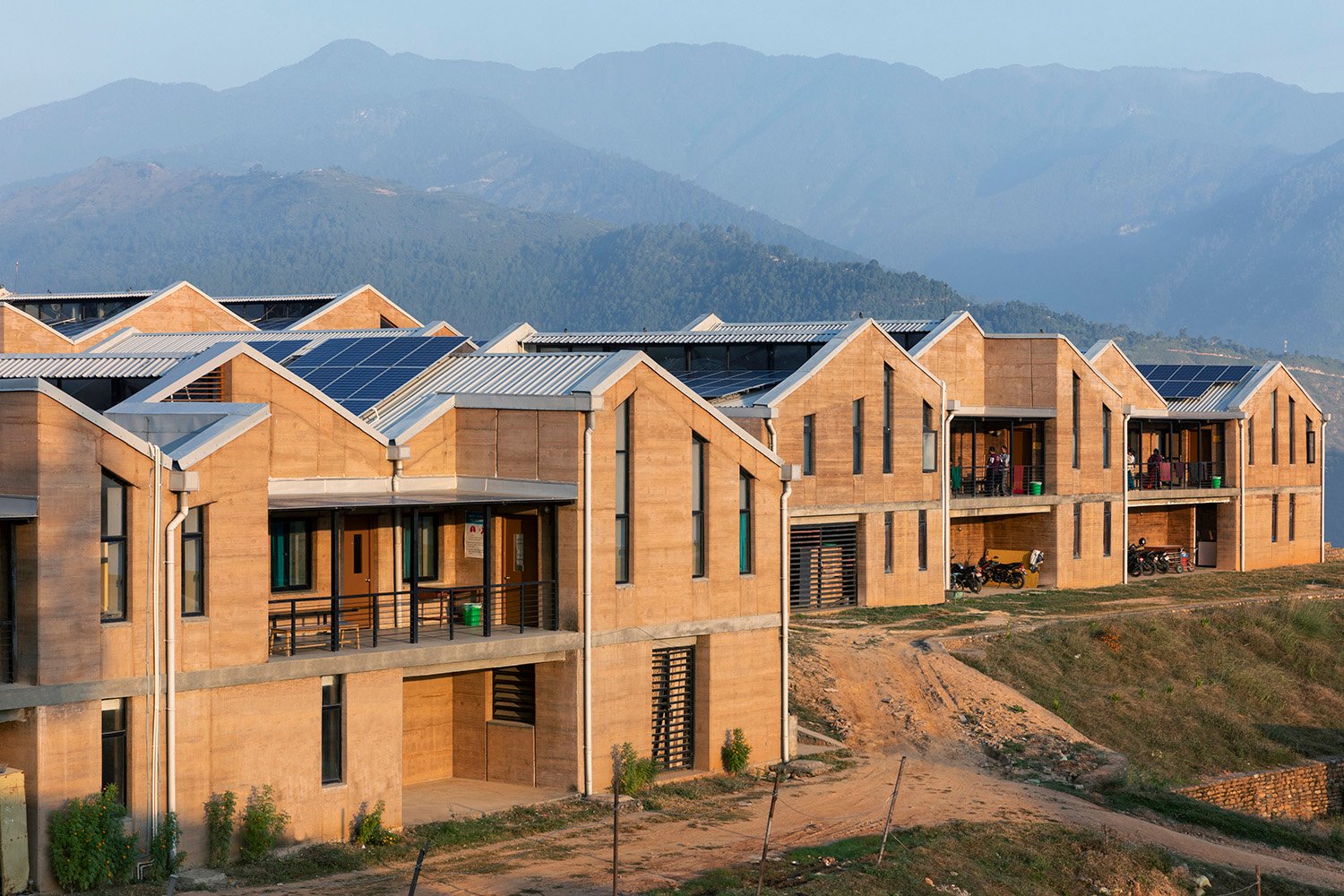
New York–based practice Sharon Davis Design worked with a completely different context and set of needs when designing Bayalpata Hospital in Nepal. The facility, completed in 2019, is located in Achham, one of the remotest and poorest regions of the country. A key motivation behind the project was to prevent access to healthcare from becoming a source of social inequality. The hospital is a model for sustainable health facilities in a rural setting. Made of rammed earth, the structure reflects the appearance of local architecture. It also has a photovoltaic system, wastewater treatment facilities, and passive heating and cooling technologies.

The degree of integration with nature showcased in the design of the Banca dell'Occhio facility in Mestre is paralleled in HRD’s design of the Taikang Nanjing International Medical Center. The hospital, to be built in Nanjing, the capital of the Chinese province of Jiangsu, has been designed with fluid forms that reflect the contours of its hilly backdrop, harmoniously blending the facility into its setting of lush plant life and ponds. The architects drew their inspiration from this unique natural setting, designing a hospital where patients will also benefit from the healing power of nature.

This concept is taken one step further by the Pro Senectute daytime therapeutic center in Balerna, in the Swiss canton of Ticino. Architect Enrico Sassi redesigned the center’s garden, which had fallen into a state of neglect and therefore wasn’t usable by guests – mainly elderly people, suffering from cognitive disorders. Sassi created a sensory garden – a green space for relaxation and free movement, conceived as part of the center’s sensory stimulation program. The garden allows guests to walk in safety, therefore satisfying that compulsion to move typical of one of the phases of Alzheimer’s.
If you’ve designed a hospital or healthcare facility – built after January 1, 2018 or yet to be completed – you have until May 31 to enter the Health category of The Plan Award 2021. Just register your project on the dedicated webpage.
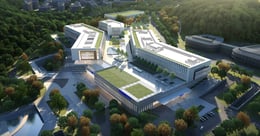



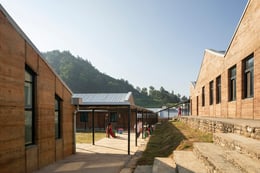
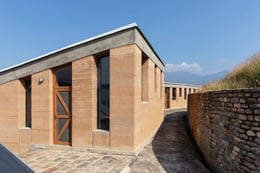

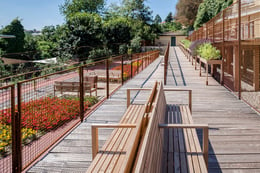

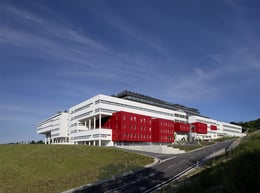
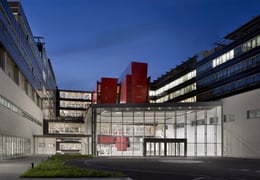


Is it still possible for architecture and nature to coexist? This is the question posed by Tony Joseph from STAPATI in the #THEPLAN129 editorial. In Viaggio in Italia, Valerio Paolo Mosco looks at the autonomous architecture of Labics, opening a dis... Read More